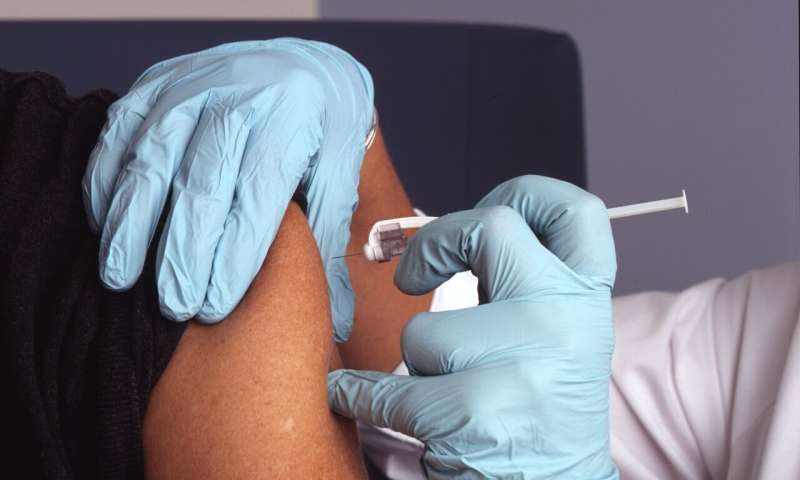Innovative MRI Technique Reveals Reverse Blood Flow for Advanced Brain Physiology Insights

A novel MRI technique called DiSpect allows researchers to trace blood flow sources in the brain, offering deeper insights into brain physiology and potential benefits for diagnosing vascular brain disorders.
A groundbreaking MRI method developed by researchers at the University of California, Berkeley, offers a new window into the complex venous system of the brain. This innovative technique, called Displacement Spectrum (DiSpect) MRI, enables scientists to map blood flow in a reverse manner, providing detailed insights into the origins of blood within cerebral veins. The venous system, responsible for removing deoxygenated blood and waste from the brain, has long presented challenges due to its intricate and variable structure.
Published in Nature Communications, the study demonstrates how DiSpect uses water molecules in the blood as natural tracers. These water spins are magnetized in an MRI scanner, and uniquely, the method can track the 'memory' of these spins over several seconds. This feature allows the technique to trace blood back to its source, effectively mapping perfusion pathways from larger veins to smaller capillaries.
Professor Michael Lustig explained that by tagging information onto these spins, which retain their magnetic properties for a few seconds, the method captures blood movement from the brain’s capillaries into larger veins. When imaging the larger veins, scientists can decode where the blood originated, providing detailed source information.
DiSpect’s reverse imaging capability also allows the detection of both global and localized blood flow changes, such as those induced by caffeine or during simple motor tasks like hand squeezing. The technique can visualize how blood redistributes in the brain during neuronal activity, a phenomenon previously difficult to observe directly with traditional MRI approaches.
This approach has promising implications for understanding neurovascular coupling—the relationship between neuronal activity and blood flow—and could aid in diagnosing vascular and neurological disorders. By revealing changes in venous structure and dynamics, DiSpect could help clinicians assess conditions like arteriovenous malformations more efficiently and noninvasively, reducing the need for invasive procedures.
Lead researcher Ekin Karasan emphasized that DiSpect could revolutionize how clinicians identify abnormal blood flow patterns, potentially offering a non-contrast alternative for diagnosis. Lustig highlighted that this technological advancement, interacting with the smallest units in the universe—the nuclei of hydrogen atoms—can provide profound insights into brain function and disease.
Overall, DiSpect’s ability to image blood flow origins and responses opens new avenues for neuroscience research and clinical practice, promising safer, more precise, and comprehensive brain assessments in the future.
Stay Updated with Mia's Feed
Get the latest health & wellness insights delivered straight to your inbox.
Related Articles
Innovative Mini-Organ Models Uncover Hantavirus Mechanisms and Potential Treatments
UCLA researchers have developed human organoid models to study hantavirus infections, uncovering how these viruses attack tissues and identifying promising antiviral compounds for future treatments.
Controversial Reshuffle of Vaccine Advisory Committee by RFK Jr. Sparks Concerns Over Scientific Integrity
RFK Jr.'s removal of all vaccine advisory committee members and appointment of new, potentially controversial members raises concerns over the scientific integrity of vaccine policies and future public health guidance in the U.S.
New Insights into the Intersection of HIV and Alzheimer's Disease at the Molecular Level
A groundbreaking study uncovers how a protein fragment linked to Alzheimer's disrupts HIV's assembly in brain cells, revealing new insights into viral reservoirs and neurodegeneration.



